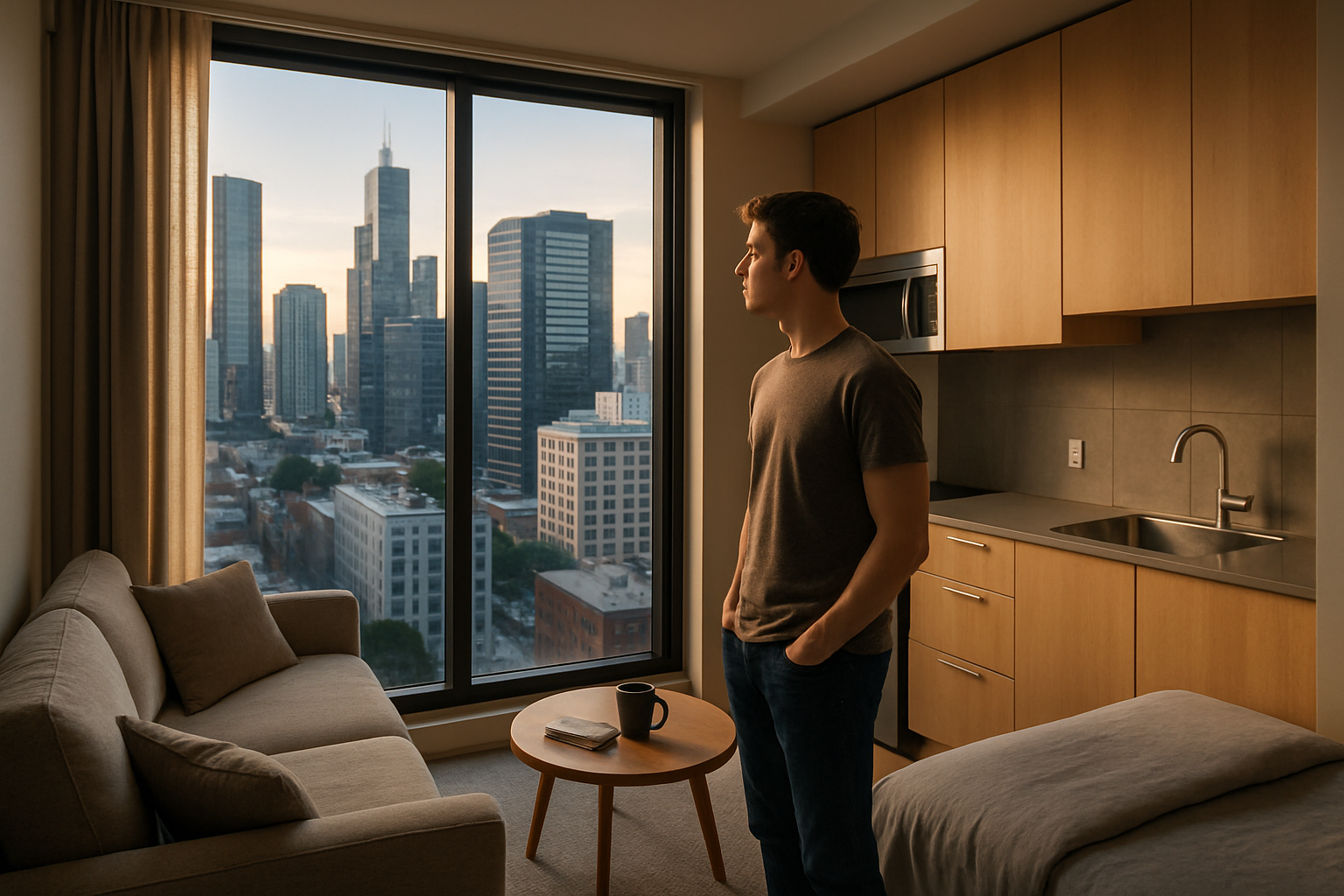Micro-Apartments: The Future of Urban Living?
Introduction: In bustling metropolises worldwide, a new trend is reshaping urban living: micro-apartments. These compact dwellings, typically under 400 square feet, are gaining traction as housing costs soar and city populations swell. With 68% of the world's population projected to live in urban areas by 2050, according to the UN, micro-apartments may offer a solution to the growing demand for affordable city housing. But what exactly are these tiny abodes, and how are they transforming the real estate landscape?

Historical Context and Evolution
The concept of micro-living can be traced back to the early 20th century when efficiency apartments gained popularity in major U.S. cities. These units, while larger than today’s micro-apartments, were designed with similar principles of space efficiency and affordability. The modern micro-apartment trend, however, began to take shape in the early 2000s, driven by increasing urbanization, rising housing costs, and changing lifestyle preferences among millennials and young professionals.
Current Market Trends and Demand
The demand for micro-apartments has been steadily increasing, particularly in high-cost urban centers. In cities like New York, San Francisco, and London, where average rents for standard apartments can be prohibitively expensive, micro-units offer a more affordable entry point into desirable neighborhoods. According to recent market research, the global micro-apartment market is expected to grow at a CAGR of 7.2% from 2021 to 2028, indicating a robust future for this housing segment.
Financial Insights for Investors
From an investment perspective, micro-apartments present an intriguing opportunity. Despite their small size, these units often command higher per-square-foot rents than traditional apartments. This premium is attributed to their prime locations and the inclusion of amenities that cater to the target demographic. For developers, micro-apartments can yield higher returns on investment due to increased density and lower construction costs per unit.
Impact on Urban Planning and Development
The proliferation of micro-apartments is influencing urban planning and development strategies. City planners and policymakers are reassessing zoning laws and building codes to accommodate these smaller units. Some cities, recognizing the potential of micro-apartments to alleviate housing shortages, have even implemented initiatives to encourage their development. This shift is prompting a reevaluation of what constitutes adequate living space in urban environments.
Challenges and Criticisms
Despite their growing popularity, micro-apartments are not without critics. Concerns have been raised about the long-term livability of such small spaces and their potential impact on mental health. Additionally, some argue that the trend could lead to a lowering of housing standards and exacerbate issues of overcrowding in urban areas. Balancing these concerns with the need for affordable housing remains a challenge for policymakers and developers alike.
Design Innovations in Micro-Living
To address the challenges of small-space living, architects and designers are pushing the boundaries of innovation. Cutting-edge design solutions include transformable furniture, smart home technology integration, and vertical space utilization. These advancements not only make micro-living more comfortable but also more sustainable, as smaller spaces inherently consume less energy and resources.
The Target Demographic
Micro-apartments primarily appeal to young professionals, students, and single individuals who prioritize location over space. This demographic values proximity to work, entertainment, and urban amenities, often viewing their living space as a launching pad for city life rather than a permanent home. Understanding this target market is crucial for investors and developers looking to capitalize on the micro-apartment trend.
Future Outlook and Market Predictions
As urban populations continue to grow and housing affordability remains a pressing issue, the micro-apartment trend is likely to persist and evolve. Industry experts predict an expansion of the concept beyond major metropolitan areas into smaller cities and suburban town centers. Additionally, the integration of co-living spaces and shared amenities within micro-apartment developments is expected to gain traction, further blurring the lines between private and communal living.
In conclusion, micro-apartments represent a significant shift in urban housing dynamics. While they may not be suitable for everyone, their growing popularity reflects changing attitudes towards space, ownership, and urban living. As cities grapple with housing shortages and affordability issues, micro-apartments offer a potential solution that balances the need for affordable housing with the desire for prime urban locations. For investors, developers, and urban planners, understanding and adapting to this trend will be crucial in shaping the future of real estate in our increasingly urbanized world.





